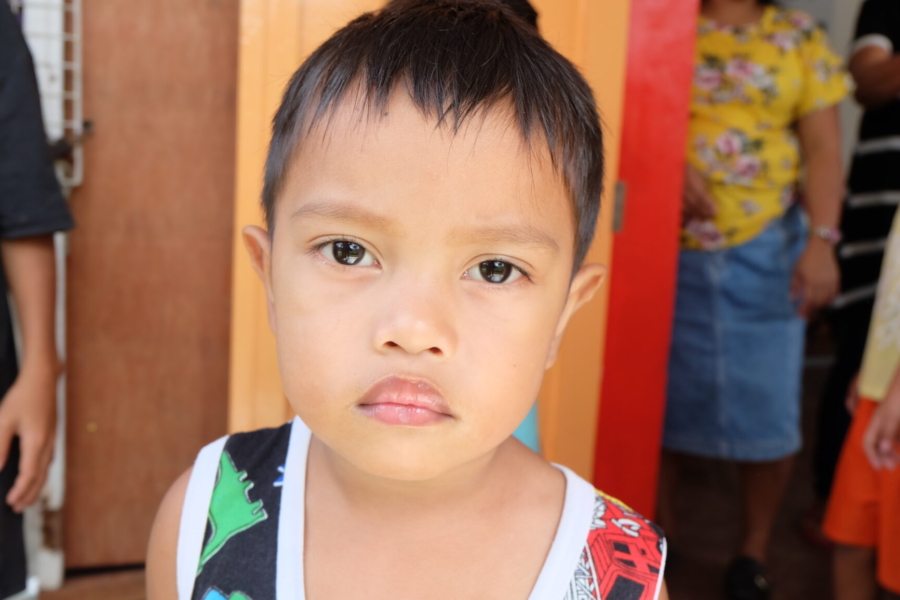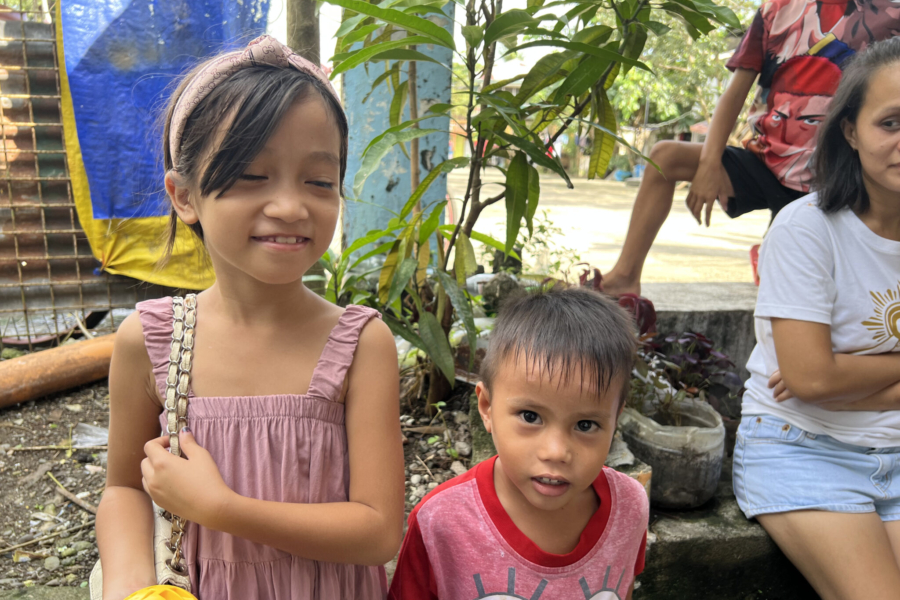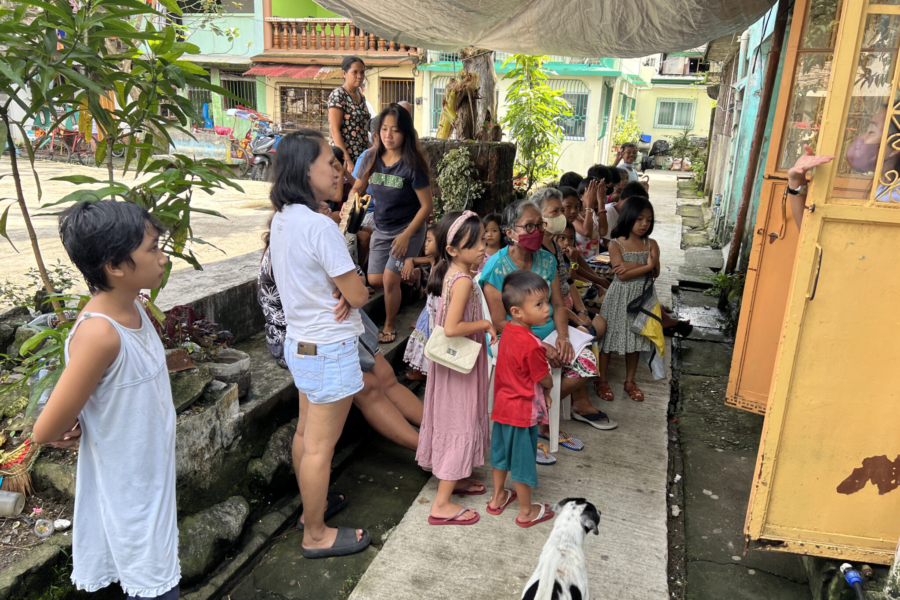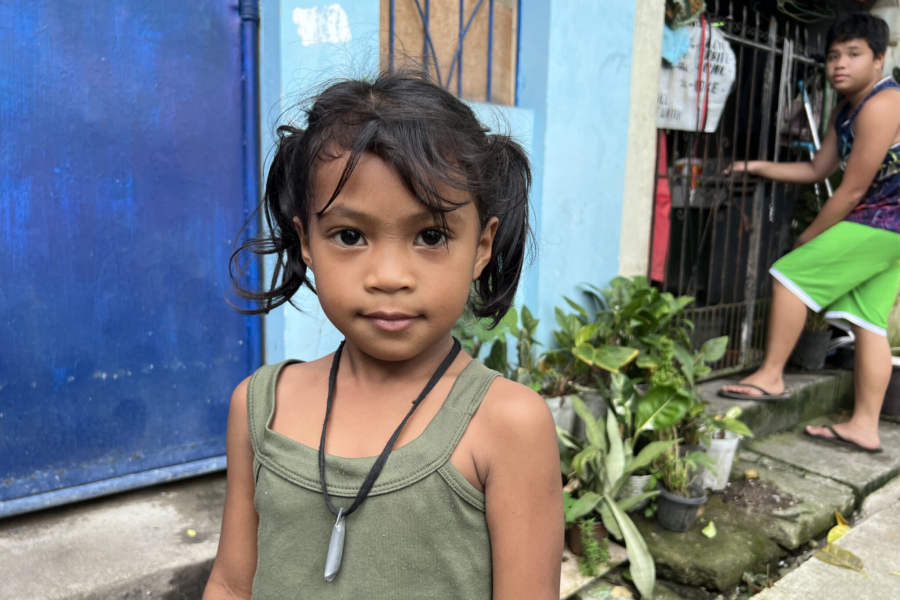Dear Friends,
Each summer, as the time for a new school year approaches, businesses launch their latest “Back to School” sales pitches. They roll out the big promotions to encourage consumers to purchase everything from pencils and pens to backpacks, calculators, and laptop computers. Many states even have days when they suspend sales taxes to encourage greater spending on these school items. According to the National Retail Foundation, people in the United States spent an astounding $37 billion dollars on back to school supplies in 2022. That breaks down to roughly $864 per student, up from nearly $200 from just two years before.
The strong need for support
For families already living in poverty and struggling to just get by, back to school shopping is a huge burden; in fact, they often just cannot do it.
For families already living in poverty and struggling to just get by, back to school shopping is a huge burden; in fact, they often just cannot do it. When we visit with our voluneer coordinators at our affiliated site locations, many which are school-based, we often hear stories of how many children do not have the supplies they need to do their schoolwork. Though most schools now provide access to computers and laptops that students may use, many young learners still lack basic educational materials. These items are essential to students not only being prepared for class, but without them, they may feel ashamed or embarrassed to be lacking where their classmates are not.

With our help, children can start the school year off right, thanks to donations to our Back to School Fund.
Our volunteer coordinators do their best to maintain a supply of composition books, notebook paper, pencils, pens, rulers, glue sticks, staplers, and backpacks in their offices to meet the many needs of these children. They also maintain essential clothing such as pants, shirts, underwear, shoes, and socks for those children whose own wardrobes are worn, dirty, or ill-fitting. Snacks such as granola and protein bars and juice boxes are also badly needed as children return to school each year and throughout all of the months that follow. But sometimes, there is just not enough. This is where Children Incorporated comes in.
our Back to School Fund to the rescue
Money contributed to our affiliated school sites, all thanks to Children Incorporated donors, enables our coordinators to stock their shelves and supply closets at the beginning of the school year and beyond. This is why our Back to School Fund is an absolutely essential part of what we offer and why we are asking for your support of this essential fund.
If you can, please consider what you can afford to give in support of our Back to School Fund, and know that your dollars are contributing to the growth of future generations of leaders. When we help students start the school year off right, we set a path for them to stay confident for the entire year. Together, we can make a huge difference.
Thank you for your loyal support of children in need.
From the heart,
Ronald H. Carter
President and Chief Executive Officer
Children Incorporated
***


 – Provided funds to purchase classroom supplies and backpacks for students at Lake View/Desert View Elementary School in Arizona
– Provided funds to purchase classroom supplies and backpacks for students at Lake View/Desert View Elementary School in Arizona















